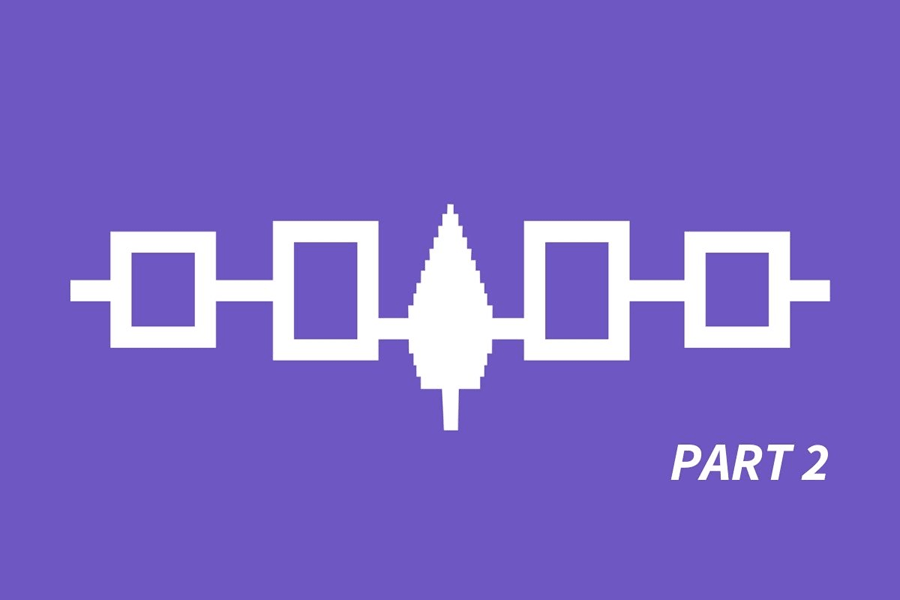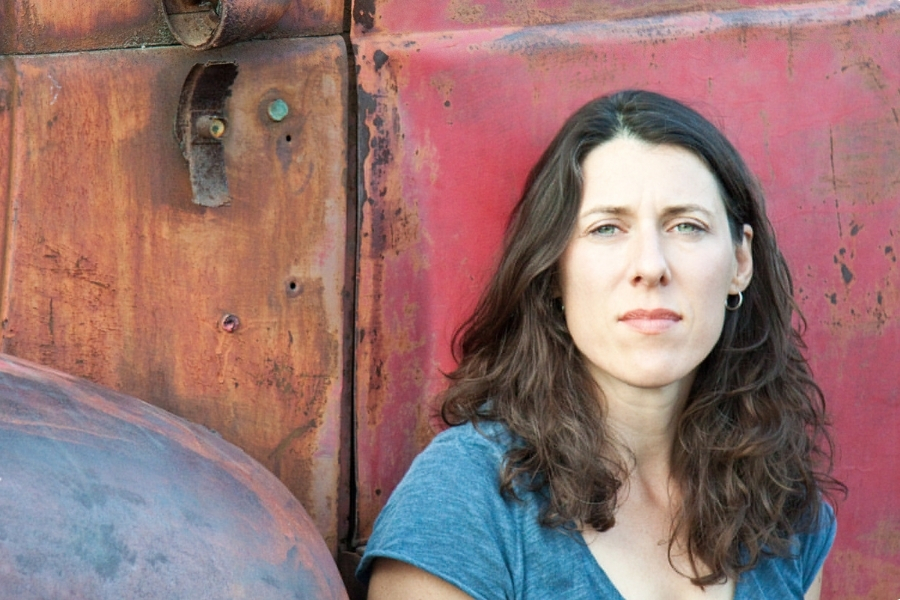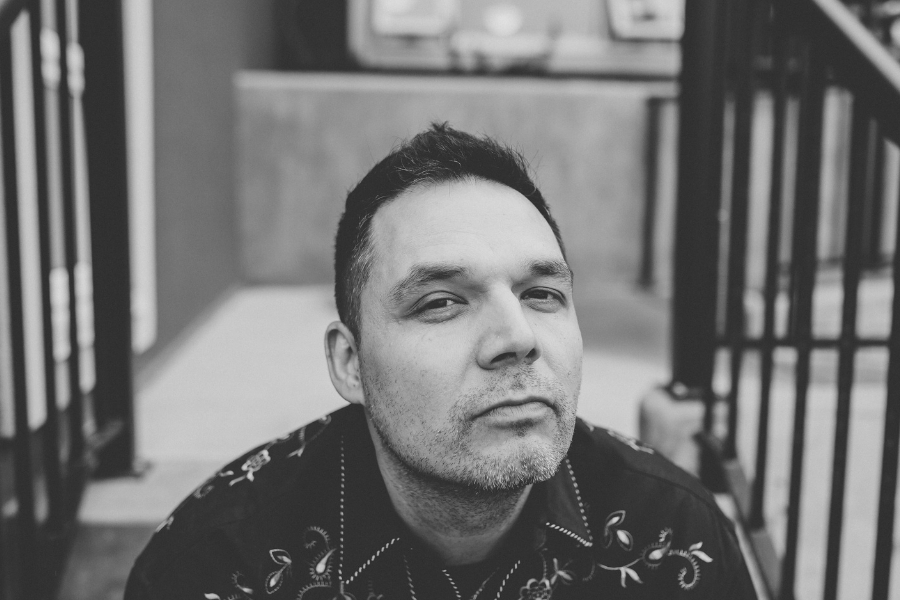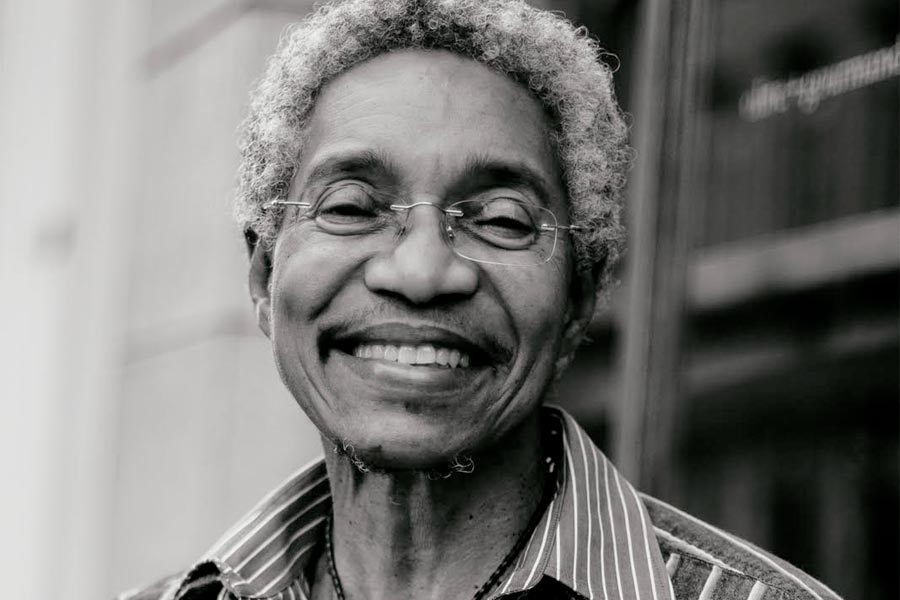Most early recordings of Indigenous people were done at the behest and with sponsorship from The Smithsonian Institute, followed by folkloric and archival endeavours.
The Smithsonian Institute recorded George Buck and some of his brothers singing. The Buck family were recorded for other albums, too. There is a three l.p. set from 1969, and that material seems to have been re-released as single albums later on as Iroquois Social Dance Songs 1 through 3. The Buck brothers also appear on an album mentioned below, which features what sound like different recordings of some of the same material.
Unfortunately, recordings from the Six Nations Reserve or any other Canadian Indigenous artists outside an academic or folkloric context from this era are rare. One might wonder what people might have recorded on home equipment – shows, parties, rehearsals… but finding records or even private recordings online of Six Nations artists of the 1960’s and 1970’s isn’t easy. Given the increased interest in First Nations music and musicians in recent years, it seems highly unlikely there is some unknown CBC collection or privately pressed and sold records floating around.
Historically, the blues is integral to Six Nations’ music scene. American radio stations blasted blues shows within reach of reserve radios, but the connection goes back further.
Tuscaroran singer and activist Pura Fé incorporates Tuscarora dance songs into blues music, and maintains the blues grew from both Indigenous and African American cultures. “My Nation has been systematically disenfranchised and disregarded. Many people think we have nothing to do with the development in Southern culture. Not only were we captured and shipped off as slaves to the Caribbean, we were bred together on slave plantations. African and Indian slaves were harboured, escorted, and smuggled across the Canadian border through Indian country.”
The North Carolina Tuscarora had indeed fled north the southern Ontario and become the sixth nation to join the Iroquois Confederacy.
Red, Black and Blues: Race, Nation and Recognition for the Blues, an essay by M. Celia Cain, describes how “after 1715 a number of Tuscarora remained in Indian Woods, North Carolina and gave refuge to escaped slaves. The Tuscarora in North Carolina and southern Ontario set up networks with ‘Quakers, Moravians, and leading abolitionists and helped establish part of the Underground Railway on the Tuscarora Trails.”
(From Red, Black and Blues: Race, Nation and Recognition for the Bluez” by M.Celia Cain, essay)
With that in mind, Part 3 features some Six Nations jams from years gone by, bringing us from traditional songs to the blues and into modern club sounds.



